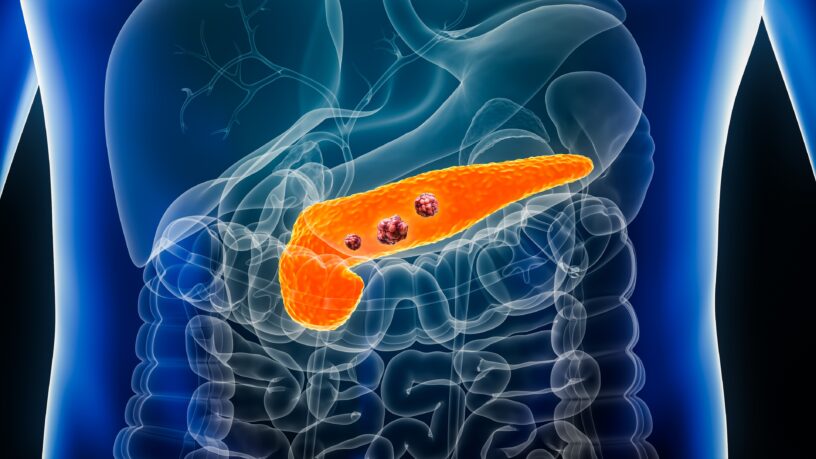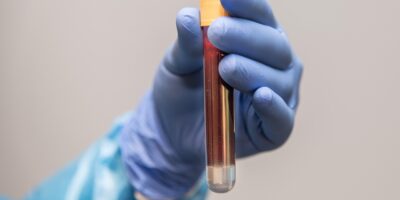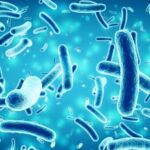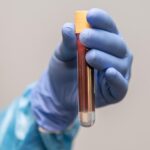Pancreatic ductal adenocarcinoma (PDAC) is a leading cause of cancer-related deaths worldwide, yet clinically relevant therapeutic interventions have not progressed for the disease. Researchers at the Department of Radiation Oncology at NYU Grossman School of Medicine found that a combination of treatments decreased growth of pancreatic cancer in mice by inhibiting metabolic pathways that provide fuel for the cancer cells growth.
PDAC cells use glutaminase (GLS), an enzyme, to convert glutamine (Gln) to glutamate (Glu) which can be metabolized to sustain tumor growth. Prior work has shown that GLS inhibition was successful in reducing cellular proliferation in vitro, but ineffective in vivo models. This resistance was due to PDAC cells finding other pathways for fuel sources upon nutrient starvation. The researchers hypothesized that broader GLS inhibition would improve efficacy and prevent such resistance. Using an antagonistic Gln compound, 6-diazo-5-oxo-L-norleucine (DON), all metabolic pathways using glutamine are inhibited rather than the enzyme inhibitor that only inhibits the use of Gln-derived Glutamate. DON failed tests in cancer patients due to poor pharmacological properties and drug toxicity. To combat this, a pro-drug version of DON was created, Sirpiglenastat (DPR-104), which bypasses the toxicities of DON while retaining its properties.
The researchers found that using DPR-104 led to a significant decrease in tumor growth. Reduction in growth was assessed by mitochondrial function, measured by the oxygen consumption rate (OCR). DON treatment showed significant reduction in OCR levels, revealing decreased growth. DRP-104 treated tumors also showed a feedback mechanism in which they increased signaling through the protein extracellular signal-regulated kinase (ERK) to compensate for the loss of glutamine use. When DPR-104 was used in conjugation with trametinib, an ERK inhibitor, survival rates in the mouse models with PDAC increased. While both DPR-104 and trametinib decreased tumor growth, the combination treatment was most effective in reducing the ERK signals seen in the DRP-104 treated cells.
To further prove the disruption caused by DON in pancreatic cancer cells, bulk RNA-sequencing was used to observe the response from the DON-induced metabolic crisis. A decrease in translation and protein synthesis was observed and the contribution of glutamine to amino acids decreased.
Observations of residual tumors showed increased cell multiplication after DPR-104 treatment, suggesting the possibility of acquired resistance. Further research into preventing rewriting of metabolic pathways and minimizing toxicity will have to take place to advance the therapeutic value of the drug, but this study acts as a foundation for pancreatic cancer treatment.
Source: Encarnación-Rosado, J., Sohn, A.S.W., Biancur, D.E., Lin, E.Y., Osorio-Vasquez, V., Rodrick, T., Gonzàlez-Baerga, D., Zhao, E., Yokoyama, Y., Simeone, D.M., Jones, D.R., Parker, S.J., Wild, R., Kimmelman, A.C. Targeting pancreatic cancer metabolic dependencies through glutamine antagonism. Nature Cancer [Internet]. 2023 Oct 09; 1-15. https://doi.org/10.1038/s43018-023-00647-3








